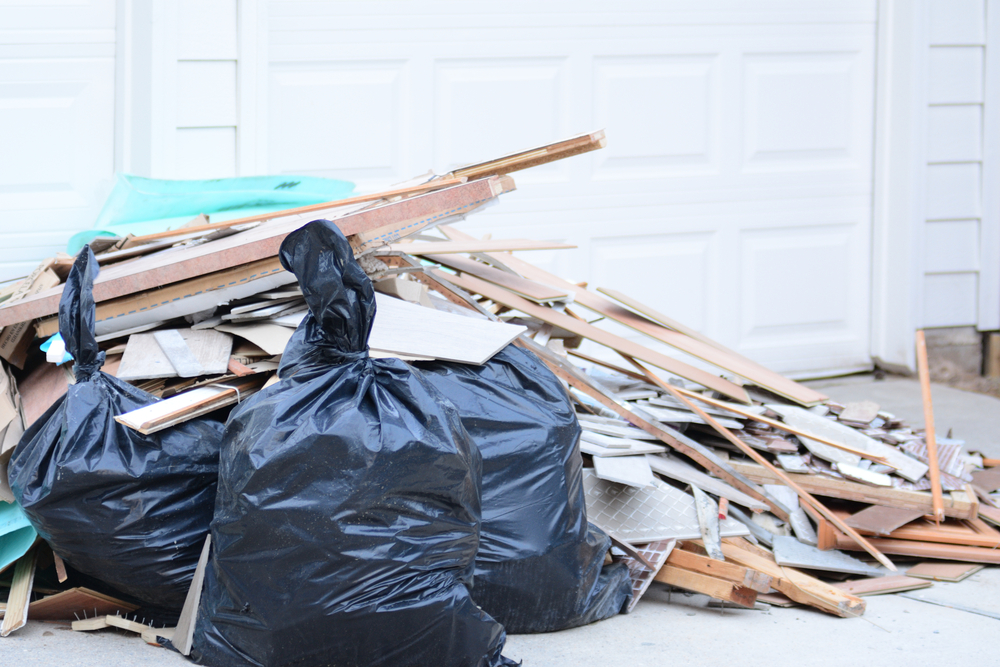Published yesterday (5 January), the report forms part of the Waste (EU Exit) Regulations 2019, where the government committed to publish a progress report on the targets by January 2022.
The report reiterated that England did not meet the target to recycle 50% of ‘waste from households’ by weight by 2020 as set out in the Waste Framework Directive 2008.
In 2020, the waste from households recycling rate was 44%, down from 45.5% in 2019.
In its report, Defra says the decrease “reflects the impact of the Covid-19 pandemic”.
Alongside this, Defra, says, the total amount of recycled waste from households decreased by 1.2% due to service disruptions, such as the closure of household waste recycling centres (HWRCs).
However, in better news, the Department for Environment, Food and Rural Affairs (Defra) claims England achieved the target of 70% recovery for non-hazardous construction and demolition waste by 2020, though data for that year is not yet available.
Waste from households
Waste from households, the official measure used as the basis for reporting at a harmonised UK level, excludes waste not collected directly from households, such as street bins and street sweepings.

Total waste from households increased to 22.6 million tonnes in 2020 from 22.1 million tonnes in 2019, as people spent more time at home due to lockdowns.
The amount of residual waste treated in 2020 was 12.6 million tonnes, up from 12 million tonnes in 2019, an increase of 5.1%.
The total amount of waste from households recycled decreased by 1.2% from 10.1 million tonnes in 2019 to 9.9 million tonnes.
Despite the impact of the Covid-19 pandemic on some waste services, there was a “large increase” in dry recycled waste collected at the kerbside from households, which Defra says helped to offset the impact of HWRC closures.
To improve England’s recycling rates, Defra says the government will improve consistency in household and business recycling collections in England, introduce a deposit return scheme for drinks containers in England, Wales and Northern Ireland, and reform the UK packaging producer responsibility system through extended producer responsibility for packaging.
Defra also says that rolling out separate weekly food waste collections for households will “significantly impact” overall recycling rates in England.
Construction and demolition
Defra says it will publish the 2019 and 2020 data on non-hazardous construction and demolition waste, including the recovery rate, “once the information is available”.

Data for non-hazardous construction and demolition waste in England is published every two years.
In the most recent data from 2018, England generated 61.4 million tonnes of non-hazardous construction and demolition waste, of which 57.5 million tonnes was recovered.
This represents a recovery rate of 93.8%, exceeding the target of 70%.
Defra says the recovery rate from non-hazardous construction and demolition waste has remained at “similar levels” from 2010 to 2018.
Defra says the forthcoming revised Waste Prevention Programme will set out a number of actions for improving resource efficiency in the construction area, working with industry and other UK government departments.
Related link
Progress report on recycling and recovery targets for England 2020








Subscribe for free